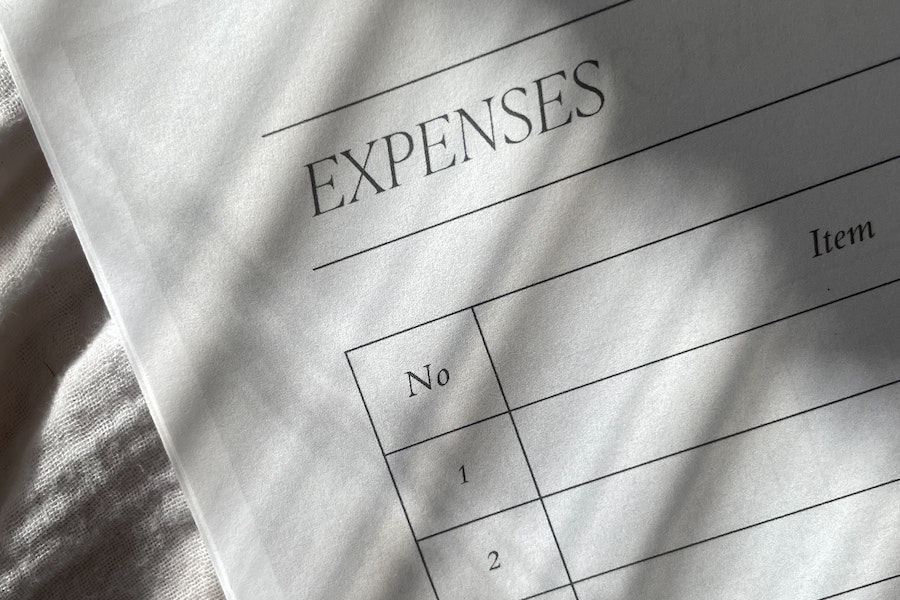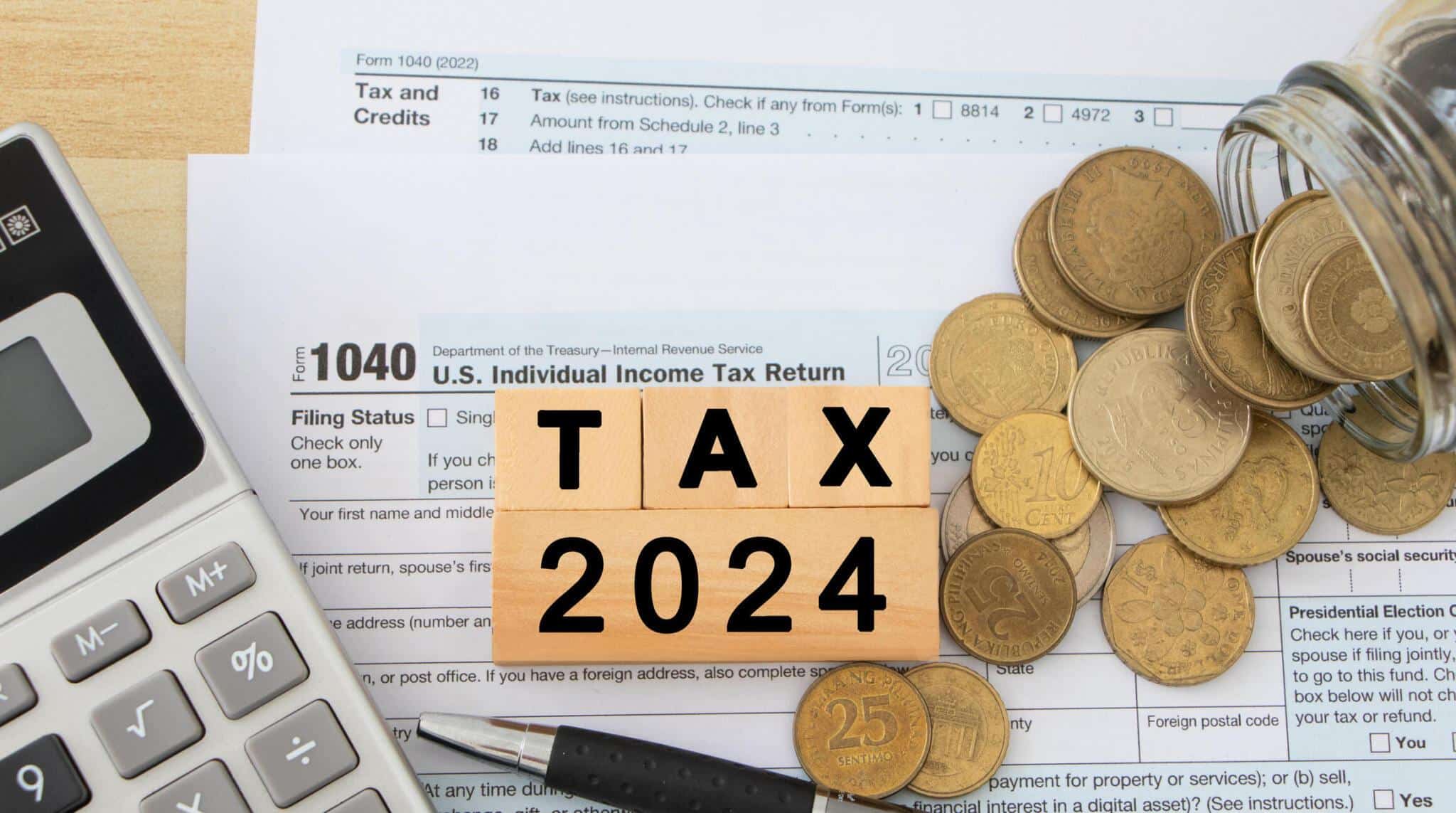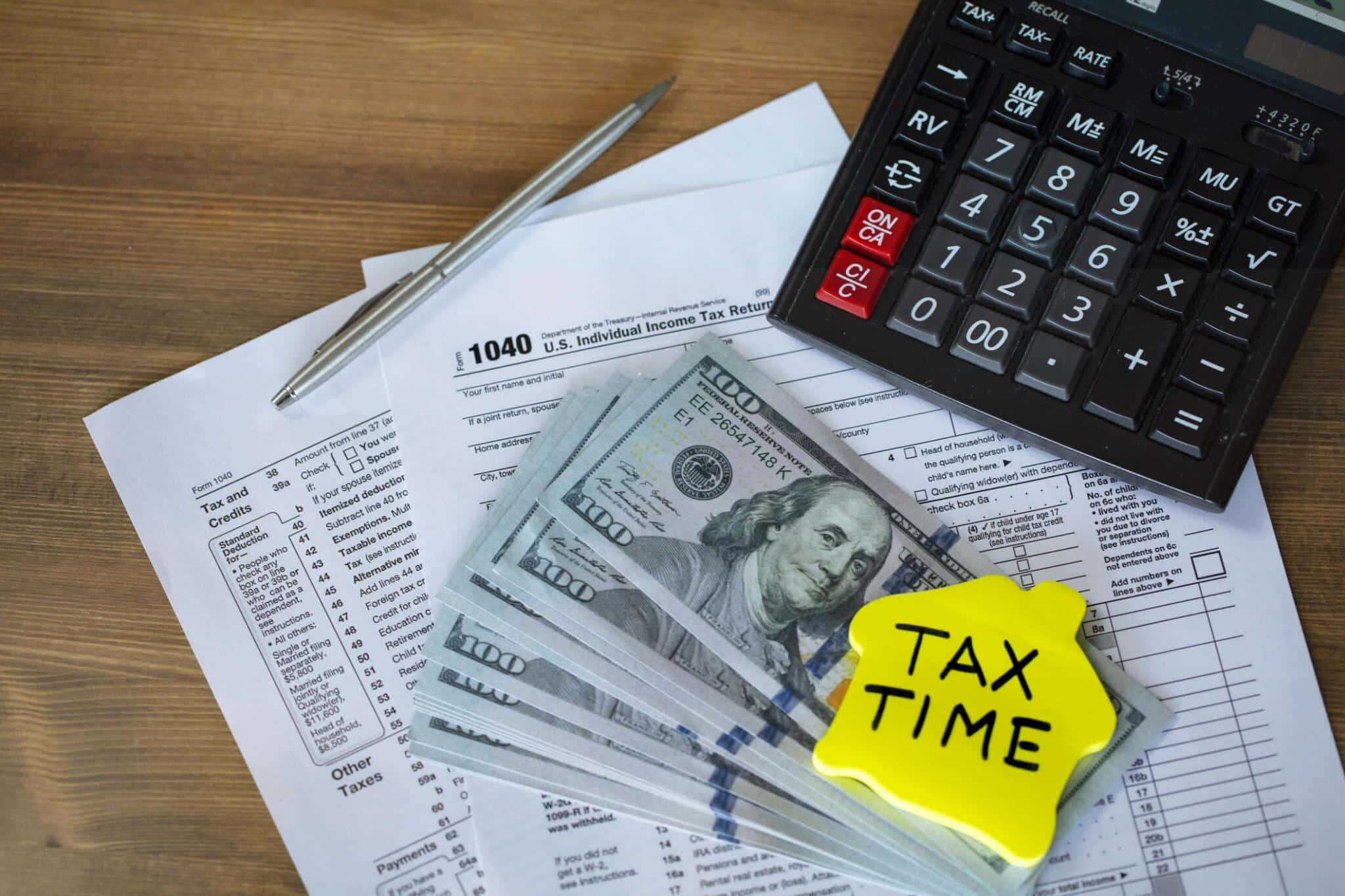When you’re in business, people say “But it’s tax deductible” to try to help you justify a purchase.
Buying things that are tax deductible is great, but a recent update to how you can make claims for larger assets might change your purchasing decisions.
You may have heard that temporary full expensing has now been abolished. Here’s what this means for you as a business owner.
What was Temporary Full Expensing?
Also known as the instant asset write-off scheme, temporary full expensing allowed businesses to claim an immediate deduction for the business portion of the cost of an asset in the same year that the asset was used or installed.
The scheme aimed to support Australian businesses and encourage investment. You still had to come up with the money to purchase equipment or vehicles, but it made it easier to write off the expense in your tax return.
When did temporary full expensing end?
As of June 30th this year, temporary full expensing, which was first introduced in 2015, has ended.
If you have assets that were delivered, installed, ready to use or improved after June 30th 2023, then you can not claim full deductions for them in a single tax return.
How do you claim for asset expenses now?
There are now two different options for claiming asset expenses, depending on the size of your business.
You can claim under the following:
- General depreciation rules
Now that temporary full expensing has ended, the general depreciation rules set the amount that can be claimed on an asset by assessing that asset’s effective life.
Depreciation can be calculated using either the prime cost method or the diminishing value method.
The ATO explains that:
-
- The prime cost method assumes that the value of a depreciating asset decreases uniformly over its effective life. This method is calculated like this:
– Asset’s cost × (days held ÷ 365) × (100% ÷ asset’s effective life) - The diminishing value method assumes that the value of a depreciating asset decreases more in the early years of its effective life. This method is calculated like this:
– Base value × (days held ÷ 365) × (200% ÷ asset’s effective life)
- The prime cost method assumes that the value of a depreciating asset decreases uniformly over its effective life. This method is calculated like this:
Some assets that may be considered intangible, intellectual property, for instance, can only be assessed using the prime cost method.
Confused about what ‘effective life’ means and how it applies to your assets? The team at Mobbs & Co can explain in detail.
- Simpler depreciation for small business
Now that temporary full expensing is over, simpler depreciation rules are available for smaller businesses that:
-
- Earned less than $10 million from 1 July 2016 onwards
- Earned less than $2 million for previous income years
If you choose to use the simpler rules for depreciation, the ATO says you must:
-
- use them to work out deductions for all your depreciating assets except those specifically excluded
- apply the entire set of rules, not just individual elements (such as the instant asset write-off)
- only claim a deduction for the portion of the asset used for business or other taxable purposes and not for the portion for private use
Handling the loss of temporary full expensing
If you were planning a purchase for your business with temporary full expensing in mind, you will need to have a rethink.
Reach out to our team and we can explain how to structure your tax return so you can claim as much as possible.
Need help to understand asset depreciation and tax? Reach out to Mobbs & Company today.










